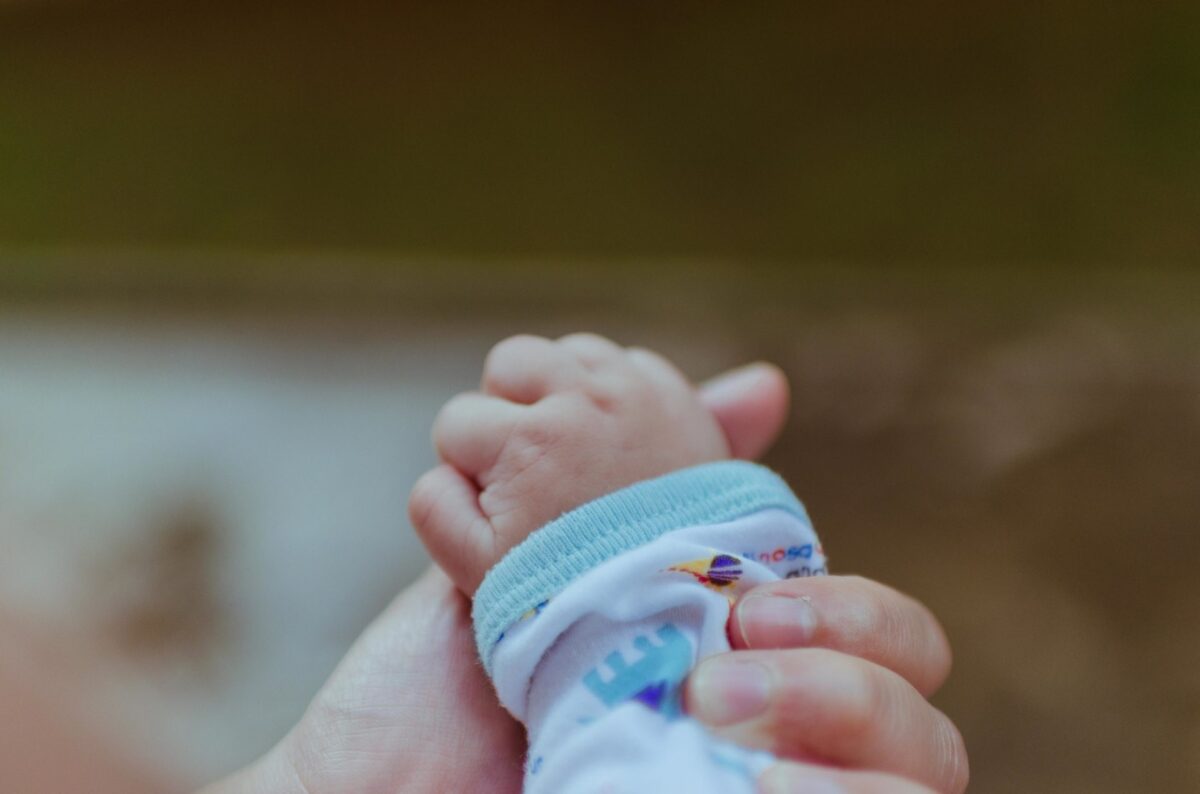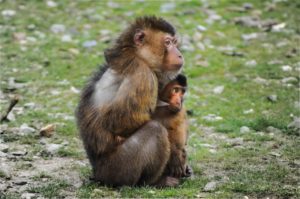
Caregiver And Child Relationship: Attachment
A relationship between a child and their respective caregiver is a very special one. Because of its specialty it has been investigated by many researchers and scientists. They try to figure out how does that relationship form and how it’s maintained, what reasons are there for that attachment of the child and the person that takes care of them? What they have figured out so far is that it is very important for the child and their caregiver to form that relationship. The critical period of development of every human being is, not surprisingly, in early childhood and caregivers play a crucial role in helping the child develop properly and hit all the vital developmental milestones. The caregiver and the child form an emotional bond with one another, an attachment of sorts. It develops very early on but it is not present when the baby is born. At such an early stage of a child’s development he cannot talk, however, that doesn’t stop him from communicating. Children at an early age communicate and share their emotions and needs in various ways and that communication is crucial in the development of the attachment bond between them and their caregiver(s).
How Do Children Express Their Needs?
- Interactional Synchrony: infants will coordinate their body movements according to their caregiver’s language.
- Bodily contact: of course any type of physical contact helps to form the attachment between the caregiver and the infant. This is especially vital in the periods right after birth.
- Reciprocity: the way caregivers and infants produce similar behaviors and responses to one another.
- Mimicking: imitation of facial expressions
- Caregiverese: a ‘language’ of the infants that adults used which includes high-pitched sounds.
All of these form and strengthen the attachment bond between the caregiver and the child. Children are able to form attachments with multiple people but do experience stranger anxiety which is one of the most crucial things scientists study when they try to research attachment. Stranger anxiety includes the distress that the infants show when they are in the presence of people they do not know.
So why does attachment form?

There have been a lot of theories trying to decipher the origin of attachment and why do infants need the attachment bond? Many scientists say that it is due to the fact that children cannot provide for themselves so they use their caregivers as their primary providers and as a result develop an attachment bond with them.
Because the caregivers are able to provide children with food which the children cannot obtain themselves, these theorists believe that the infants are conditioned to attach themselves to their caregivers in order to get their reward, in this case it being the food. The theory does make a lot of sense, however, there has been a lot of dispute about it and many scientists argue that there must be something more to it than just the provision of food. In fact, studies have been done to show that the attachment between the children and the caregivers goes way beyond the food factor.
In one popular study done by Harry Harlow (a highly unethical study), he tested rhesus monkeys (infant monkeys that were separated from their mothers and they were raised in isolation and in cages) who were presented with a ‘surrogate mother’ that was made purely of wire and another one that was made with a soft blanket. He found out that the monkeys preferred the ‘mother’ with the blanket to the wired one when the blanketed mother was available and if not, the monkeys showed very serious signs of distress. This experiment showed that food is not the only reason infants (monkey infants in this case) form attachments with their caregivers.












